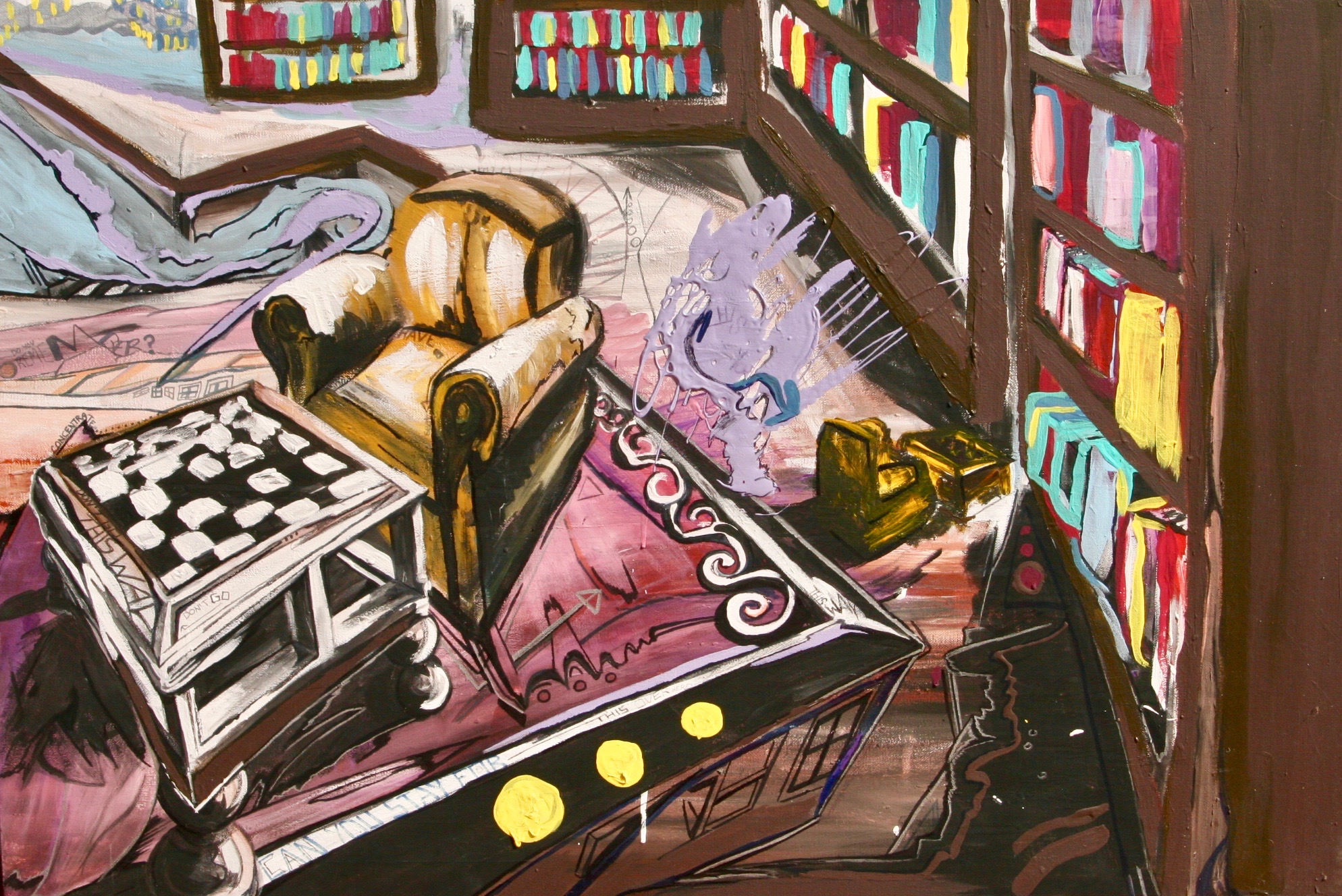Gail White
The Witch's Defense
If every witch is ugly, old, and poor,
Then I confess I'm guilty of all three.
But, judges all, there was a time before
I was this ugly. You'd have counted me
A pretty country girl, who knew to spin
And milk her cow and stew a mutton bone;
And if I've never married, gentlemen,
It's just nobody's business but my own.
And yes, it's true I talk aloud when I'm
Alone beside the fire, with just my cat
For company, and in the wintertime
I've stolen sticks—make what you can of that.
I'll say the Creed for you, and the Lord's Prayer,
And after that—just hang me if you dare.
Snow White and the Witch
A witch, a crone, a hag,
well past her prime,
in her late seventies
—a wrinkle in time—
offers a girl,
tremulous and naive,
the fruit of knowledge
and the curse of Eve.
Beauty as white as snow
for which you're called,
why, by the apple,
are you not appalled?
Why does no prince arrive
in hot pursuit
before Age gives to Beauty
poisoned fruit?
But envy, age, and death
are doomed to fail,
for as you know, this is
a fairy tale.
|
|
 |
 |
|
|
|
 |
| Anna Lee Hafer is a studio artist based in the Philadelphia area whose work is heavily influenced by such famous surrealist painters as René Magritte, Salvador Dali, and Pablo Picasso, all of whom strove to build their own realities through small glimpses into a particularly confusing, but utterly unique worldview that dictates its own specific set of instructions. With references to the laws and physics of Alice's Wonderland, the artist challenges the audience's inherent understanding of perspective, reality, and universal order.
In her work, Hafer pours and layers paint to create dimension and texture, mixing different styles and colors onto each other until they produce a 3D effect. Through marker and pencil that create shadow, she further enhances these forms and separates them from the background. Heavier layers and thicker brushstrokes in the foreground of her work push the painting toward the viewer, whereas the thinner layers and small brushstrokes in the background, elongate the space and push away from the viewer. By juxtaposing interior and exterior elements, Hafer makes the audience question whether they are looking at something inside or outside.
For additional information, please visit www.hafer.work.
|
|
|
|
|
|
 |
|
 |
|
|
|
|
